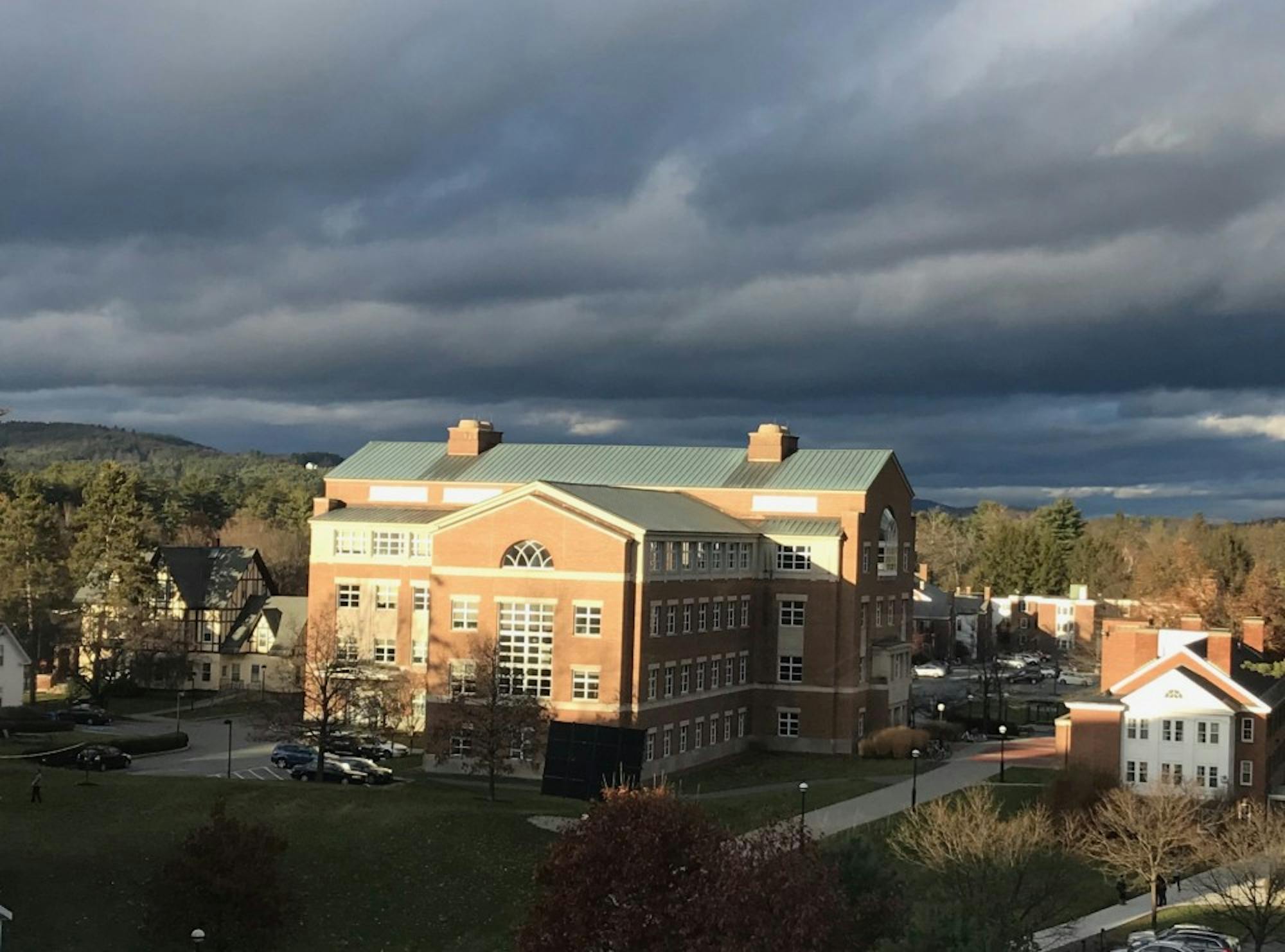This summer, a team of Dartmouth researchers created OpenNeuro Average, a new template for mapping the surface of the brain — and the culmination of more than two years of research. The template will have clinical applications in studying neurological conditions such as Alzheimer’s disease, autism and Parkinson’s disease, according to postdoctoral fellow Feilong Ma.
The research team included postdoctoral fellows Ma and Jiahui Guo, psychological and brain sciences professor James Haxby and visiting University of Bologna professor Maria Ida Gobbini. According to Ma, the group used OpenNeuro, an international, open source online platform, to gather neuroimaging data research conducted on more than 1,000 brains.
Through its large data set, the new template evades sampling biases limiting previous models, Haxby said. While previous cortical surface templates had been based on only 40 brains, OpenNeuro allowed the team to create a distinct template — OpenNeuro Average — with data from “25 times more [brains] than before,” according to Ma. OpenNeuro Average also stands out due to its ability to evenly sample different parts of the brain, largely evading the “systemic bias” that skews other current templates, according to Ma.
Part of the reason past templates were biased stems from the “very irregular” shape of the surface of the brain, called the cortex, Haxby explained. Every person’s brain cortex has different folds, which the OpenNeuro Average template is designed to summarize and map data from many brains onto a standard cortical surface, he said.
The team was aware of issues with previous templates but worked within the “limitations” of these models to study cognitive functions due to a lack of other available tools, Haxby said. He added that Ma initially approached him with the idea to build a new template, noting that it was Ma’s “initiative and expertise” that led to the creation of OpenNeuro Average.
According to Gobbini, the OpenNeuro Average cortical surface template was developed using neuroimaging, a process that uses MRI technology to provide researchers with visualizations of the brain — even while it is processing stimuli.
While the template’s development required a computer processing time of only a few weeks, the entire “scientific discovery process” took between two and three years, Haxby explained. Ma said the project involved “great teamwork,” adding that the group collaborated on choosing the algorithms, designing the template and scientific exploration.
Guo said OpenNeuro Average is “a new-generation template” that will aid neuroscientists around the world working on cortical surface analysis — or the mapping of the brain’s cortex.
“No matter where you are in the world, if you want to do this cortical surface analysis, [using a template] is the step you cannot avoid,” Guo said. “So if you are going to run analysis, a template is something you have to use.”
OpenNeuro Average is expected to have research applications for how the brain performs certain cognitive functions, including memory, mental arithmetic and visual perception, Haxby said.
According to Haxby, OpenNeuro Average is a “critical piece” of HyperBrain — a more comprehensive project that intends to create a functional template aligning functional MRI data across brains.
Ma said the team wants to “contribute” to open source science and neuroscience in the future — noting that the OpenNeuro Average project benefited from open science through OpenNeuro.
“We made the template openly available along with all kinds of other resources to make people easily use this template,” Ma said. “We have also shared … the code online, which I think is very helpful for future researchers.”
According to Ma, one group in Australia has already started to use the template’s code in their research. Haxby added that there are research centers on every continent except Antarctica for scientists doing similar neuroscience work, all of which use the same analytic tools.
“This is shared and it’s open source,” Haxby said. “We think [template] will become the new standard.”




